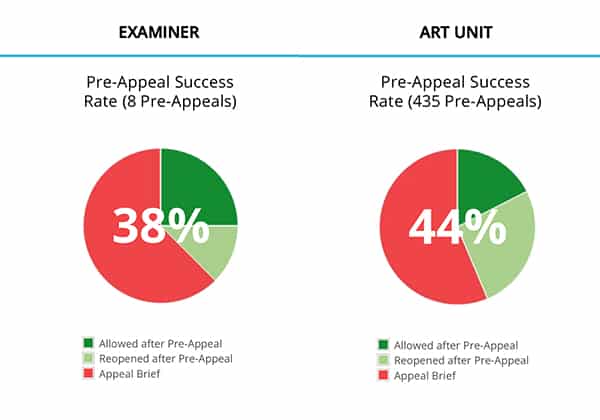Why a Brief Response is the Best Response to an Office Action
By Rebecca Bachner, Associate
The Federal Circuit recently issued a decision that reminds us of the importance of always remembering prosecution history estoppel when presenting arguments in responses to the USPTO. Specifically, in Amgen Inc v. Coherus Biosciences Inc., 2018-1993 (Fed. Cir. Jul. 29, 2019)) (“Amgen”), the Federal Circuit highlights how prosecution history estoppel can bar a patent owner from succeeding on its infringement claim under the doctrine of equivalents.
At issue was Amgen’s U.S. Patent No. 8,273,707 which was being asserted against Coherus for infringement. During prosecution, the USPTO rejected Amgen’s claims as obvious in view of U.S. Patent No. 5,231,178 (“Holtz”). In response, Amgen presented multiple different arguments. First, Amgen argued that “the pending claims recite a particular combination of salts. No combinations of salts taught nor suggested in the Holtz et al. patent, nor [are] the particular combinations of salts recited in the pending claims taught nor suggested in this reference.” See Fed. Cir at pgs. 4-5. Amgen further included a Declaration from the inventor of the ‘707 patent. “The Declaration did not discuss any salt pairs other than sulfate/citrate, sulfate/acetate, and acetate/citrate—the only claimed pairs in the ’707 patent.” See Fed. Cir at pg. 5. The Patent Office issued another rejection and, in a final response, Amgen reiterated that Holtz did not disclose a combination of salts nor did Holtz disclose enhancing the dynamic capacity of an HIC column. The Amgen patent issued after these arguments were filed.
Amgen filed suit against Coherus alleging infringement of the ‘707 patent under the doctrine of equivalents. Coherus moved to dismiss Amgen’s complaint under Fed. R. Civ. P. 12(b)(6) stating that Amgen argued that Holtz did not disclose “one of the particular, recited combinations of salts.” See Fed. Cir at pg. 7. A magistrate judge issued a report that recommended that Coherus’ motion be granted due to prosecution history estoppel. The report stated that Amgen “clearly and unmistakably—and indeed, repeatedly—indicated to competitors that it surrendered processes using combinations of salts different from the ‘particular combinations of salts recited in the . . . claims[.]’” See id. Therefore, the report found that “prosecution history estoppel bars Amgen from now attempting to reassert surrendered ground involving other combinations of salts.” See id. The District Court adopted the magistrate judge’s recommendation and granted Coherus’ motion to dismiss.
At the appeal, the Federal Circuit agreed with the lower court’s dismissal. The Court looked at the prosecution history and noted that “Amgen distinguished Holtz on the basis that Holtz did not teach or suggest the “particular combinations of salts” recited in Amgen’s claims.” See Fed. Cir at pg. 9. The Court further noted that “Amgen emphasized “particular” and referred to its particular salts three times in the span of two pages.” See id. As to Amgen’s argument that it distinguished from Holtz on the basis of increasing dynamic capacity, the Court states that “while Amgen did assert multiple reasons for why Holtz is distinguishable, our precedent instructs that estoppel can attach to each argument.” See Fed. Cir at pg. 11. Importantly, the Court stated that “[t]here is no requirement that argument-based estoppel apply only to arguments made in the most recent submission before allowance.” See id.
This case is a strong reminder that everything written during prosecution can be used against the patent owner in later litigation. The fact that “this particular combination” was a non-convincing argument, but still was used against Amgen with doctrine of equivalents shows how careful patent practitioners must be in drafting responses to the USPTO. Each argument written down is part of the record that can be used against the ultimate patent. As such, a high emphasis must be placed on having successful interviews with the Examiner. Examiner interviews should be used at every stage of prosecution. The Examiner interview is an invaluable way to receive feedback from the Examiner without adding to the written record. Often, an agreement on claim language can be reached during the Examiner interview. Based on the agreement, a response can be drafted in a way that minimizes the written record. As such, Examiner interviews not only help with efficiency but are also a crucial part of obtaining high quality patents.



.jpg)



